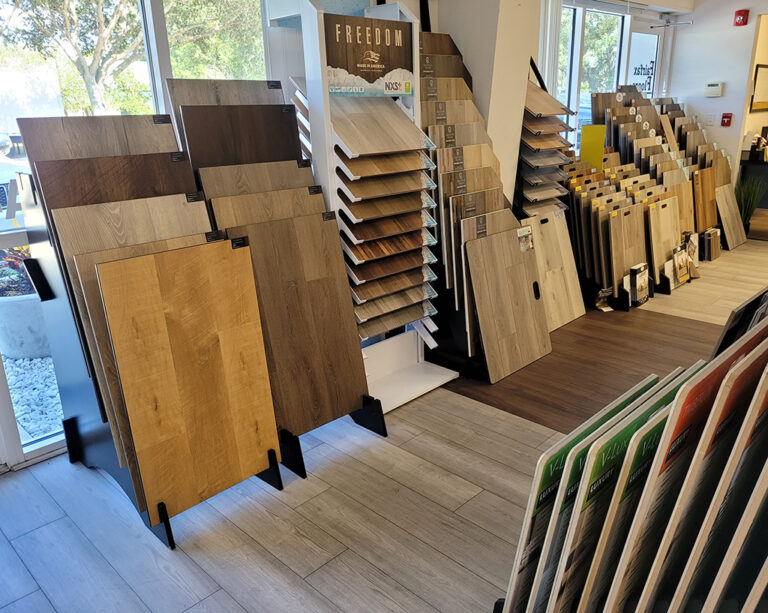
As the root cause of gapping and cupping, water is arguably a hardwood floor’s worst enemy.
In response to the multitude of limitations solid wood floors face, engineered wood was born out of a need to combat the category’s susceptibility to moisture and meet new market demands.
For a long time, however, the word “engineered” conjured up confusion. An American tradition, solid wood floors were once required in all U.S. houses to secure a mortgage. Steeped in history and heritage, the idea of an engineered floor was sometimes misconceived by consumers as fake hardwood.
“Initially it may have turned people off,” shared a senior director of hardwood and laminate at Mohawk Flooring. “There’s a perception that solid is better, but as the market has matured, people will ask for it now, particularly as they begin to understand that it’s the better product.”
In fact, although solid wood steadfastly continues to be the aspirational floor covering, engineered wood has been enjoying an increasing popularity over the past decade due to its advancements in performance.
Enhanced Stability
Engineered wood’s strong performance lies in its core, which is typically composed of a multi-layer crisscrossing of plywood or high-density fiberboard (HDF), yet other cores can include veneer interiors. By compressing and gluing the altering layers together, the planks won’t shrink and expand. From a performance perspective, engineered hardwoods are far more dimensionally stable than solid hardwood, so they are less prone to things like twisting and gaping.
Installation Adaptability
Engineered wood floors address installation restrictions of solid wood floors in certain regions and locations of the home. It can be utilized — especially in the Southwest and Southeast — on slabs instead of a cross base. Engineered wood is suitable for almost every room in a home — whether it be above or below grade.
If your durability concerns are around moisture, humidity or temperature, engineered is the way to go. Its layered construction provides stability against environmental changes. And this stability lends itself to multiple installation methods. Engineered wood can be stapled, nailed, glued and even floated. The dimensional stability of engineered is greater than solid, which makes it easier to install.
Varying Visuals
Engineered wood’s construction type offers the most options when it comes to visuals. Many brands boast a variety of species ranging from domestic to exotic for their top veneer layer, capturing colors and textures that aren’t easily attainable. For example, longer and wider planks can be delivered with engineered floors because the top layer is more flexible, making it resilient to buckling. And as essential as functionality is when it comes to hardwood, visuals are just as important.
Originally appeared on FloorCoveringWeekly.com

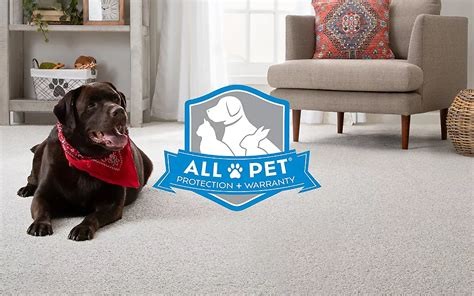
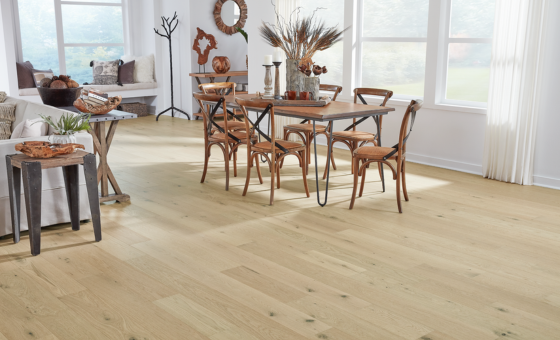
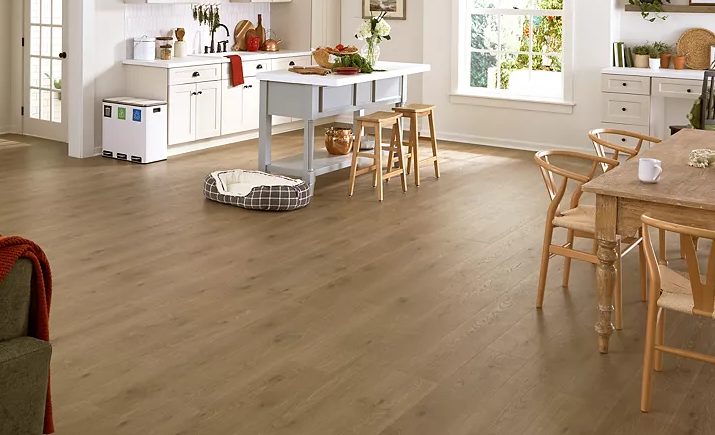
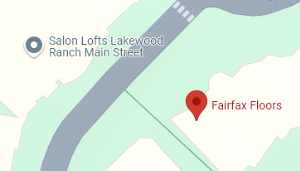
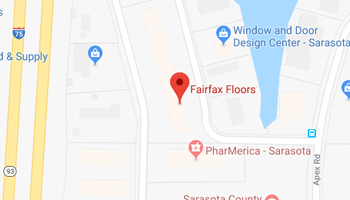




 NO TARIFF INVENTORY SALE!
NO TARIFF INVENTORY SALE!